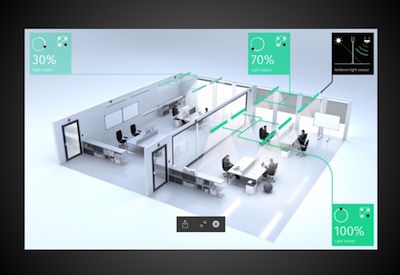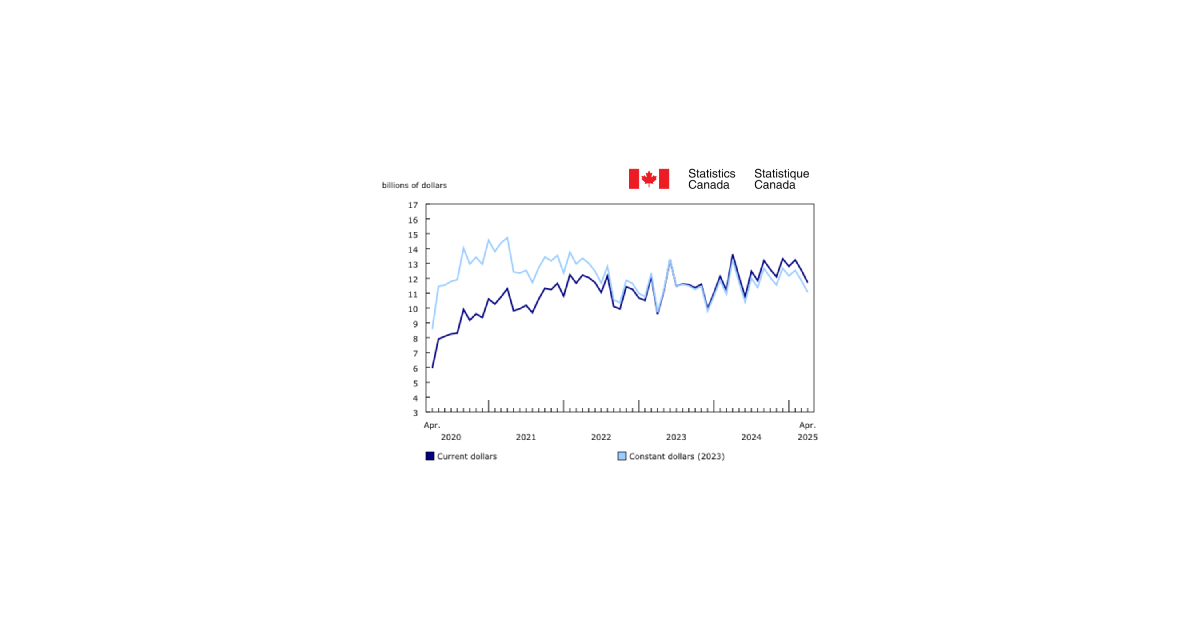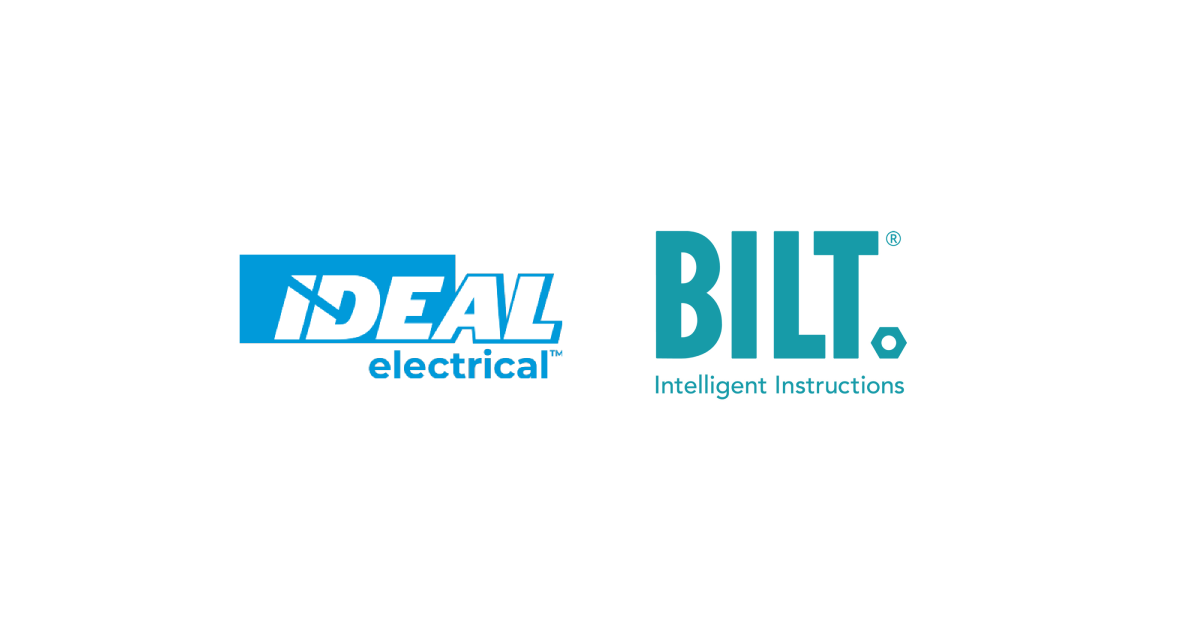High Voltage Is Not High Risk!

Feb 16, 2021
By Terry Becker, P.Eng., CESCP, IEEE Senior Member
It is interesting that these two words “High Voltage” have been used throughout the history of our use of electricity to use fear as a tactic to keep people away from electrical equipment located indoors or outdoors and in turn has also been considered “high risk.” Would you believe me if I told you that actually working on low voltage electrical equipment may be a higher inherent risk level or the same inherent risk level as working on or near high voltage electrical equipment? With the application of expected and appropriate hierarchy risk controls methods low voltage and high voltage energized electrical work tasks would both be low risk.
In the CSA Z462 Workplace electrical safety Standard it doesn’t use the voltage level of electrical equipment to define low risk, medium risk, high risk or extreme risk/danger. CSA Z462 Clause 4.1.7.8 Risk assessment procedure outlines three requirements in completing a risk assessment: identify hazards; assess risks; and implement risk control according to the hierarchy of risk control methods to eliminate exposure or reduce risk to as low as reasonably practicable. In implementing this process, it is clear that “High Voltage Is Not High Risk!” For specific details on completing a risk assessment you can also refer to CSA Z1002 and CSA Z45001.
In Clause 3 Definitions of the CSA Z462 Standard two definitions are provided to further clarify risk and risk assessment.
“Risk – a combination of the likelihood of occurrence of injury or damage to health and the potential severity of injury or damage to health that results from a hazard.
Risk Assessment – an overall process that identifies hazards, estimates the likelihood of occurrence of injury or damage to health, estimates the potential severity of injury or damage to health, and determines if protective measures are required.
Note: As used in this Standard, “arc flash risk assessment” and “shock risk assessment” are types of risk assessments.(1)”
The CSA Z462 Standard is a Job and discrete work task(s) based Standard and this is the starting point and basis for the implementation of the employers defined Risk Assessment Procedure in their Electrical Safety Program. The starting point is the work task description, CSA Z462 provides Table 2 Estimate of the likelihood of occurrence of an arc flash incident for ac and dc systems, which can be used. It provides thirty-one (31) discrete energized electrical work tasks. The voltage of the electrical equipment that will be worked on is secondary and is used to define if an abnormal arcing fault can be sustained and lead to an arc flash occurring and the voltage also determines if a shock hazard exposure can occur. The third consideration in completing the risk assessment procedure is the actual electrical equipment that the energized electrical work task will be performed on. Following this sequence, a qualitative risk assessment for the Job and discrete work task(s) will be used to determine the residual risk level based on the energized electrical work task description first. Figure 1 below visually represents the risk assessment process.
Figure 1 – Risk Assessment Process

As noted above risk assessment takes into consideration the likelihood of occurrence and the potential severity of injury or damage to health. These two elements are considered together to determine a discrete work task’s residual risk level as low, medium, high or extreme risk/danger.
CSA Z462 also defines two independent risk assessments required to be completed as components of the overall Risk Assessment Procedure. CSA Z462 Clauses 4.2.4 Shock risk assessment and Clause 4.2.5 Arc flash risk assessment require that the Qualified Electrical Worker completes and documents these two risk assessments in the field before executing the Job assigned to them and executing the energized electrical work task(s) related to a Job.
In completing both the Shock Risk Assessment and the Arc Flash Risk Assessment for an energized electrical work task, the process is the same as the overall Risk Assessment Procedure: identify if the shock or arc flash hazard exists, estimate the likelihood or occurrence of injury or damage to health and the potential severity of injury or damage to health; and determine if additional protective measures are required, including the use of PPE.
CSA Z462 also notes that the estimate of likelihood or occurrence and potential severity of injury or damage to health for both the shock and arc flash risk assessments shall take into consideration:
Shock: The electrical equipment design shall be considered, including but not limited to, the suitability of the guarding of exposed energized electrical conductors or circuit parts.
Arc Flash: The design of the electrical equipment, including its overcurrent protective device and its operating time.
Both the shock risk assessment and arc flash risk assessment need to consider the electrical equipment operating condition and the condition of maintenance. Specific to the arc flash risk assessment, it needs to consider the design of the electrical equipment, including its overcurrent protective device upstream of the work task location on the electrical equipment and its operating time.
When completing the risk assessment procedure for an energized electrical work task, low voltage work tasks are performed more frequently, and lower voltages will result in higher available fault currents which can lead to higher incident energy levels depending on the maximum fault clearing times associated with the low voltage electrical equipment. Low voltage work tasks performed on low voltage electrical equipment will be the same risk level or a higher risk level than work tasks performed on high voltage electrical equipment.
You can and should develop, implement and document a formal risk assessment process with associated electrical hazard risk assessment matrix and work task risk register table as a key component of your company’s Electrical Safety Program. As I outline above, use it to confirm for a Job that requires individual energized electrical work tasks, low or high voltage, with the application of the expected hierarchy or risk control methods are residual low risk.
High Voltage Is Not High Risk!
If you are interested in discussing the CSA Z462 Standard, 2021 Edition or have any questions or comments you may have regarding this article please contact Terry Becker, P.Eng., CESCP, IEEE Senior Member via phone 1-587-433-3777, or email terry.becker@twbesc.ca or for additional information see his website www.twbesc.ca.
Terry Becker, P.Eng., CESCP, IEEE Senior Member is the first past Vice-Chair of the CSA Z462 Workplace electrical safety Standard Technical Committee and currently a Voting Member and Working Group Leader for Clause 4.1 and the Annexes. Terry is also a Voting Member on the CSA Z463 Maintenance of electrical systems Standard and a Voting Member of the IEEE 1584 Guide for Performing Arc-Flash Hazard Calculations. Terry has presented at Conferences and Workshops on electrical safety in Canada, the USA, India, and Australia. Terry is a Professional Engineer in AB, BC, SK, MN and ON. Terry is an Electrical Safety Specialist, Management Consultant at TW Becker Electrical Safety Consulting Inc..
(1) CSA Z462 Workplace electrical safety Standard, 5th Edition, 2021.
















